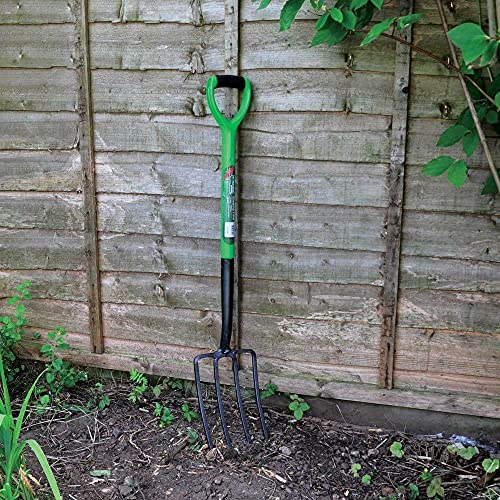The History of Using a Fork and Knife
The use of a fork and knife has been traced back to as early as Ancient Egypt, where it was used primarily as a tool for cutting and serving food. The modern utensils we use today, however, have evolved over time and become much more specialized for their intended use. The etiquette surrounding the use of a fork and knife has also developed, with different cultures having varying rules and expectations.
Etiquette for Using a Fork and Knife
When it comes to using a fork and knife, there are certain guidelines and expectations that should be followed. In formal settings, the fork is held in the left hand with the tines facing downwards, while the knife is held in the right hand with the blade facing towards the plate. The fork is used to spear food and bring it to your mouth, while the knife is used to cut and portion food. When finished, the utensils should be placed together on the plate facing upwards and parallel to one another.
Different Fork and Knife Etiquette for Different Cultures
The etiquette for using a fork and knife can vary greatly from culture to culture. In European countries, the fork and knife are often held differently and used in a more ‘zig-zag’ motion to cut and eat food. In contrast, Asian countries such as Japan and China often use chopsticks instead of utensils. It’s important to be aware of and respectful towards the customs of the culture you are in when using utensils.
Social Expectations with Fork and Knife Use
Using a fork and knife properly not only shows respect for the food being eaten, but also for the people around you. Slurping, using your hands, or talking with your mouth full are all considered rude behaviors when eating with others. Additionally, utensils should be used quietly and not banged against the plate or other objects. Maintaining good manners while eating can contribute to a more enjoyable and respectful dining experience for all involved.
The Importance of Proper Utensil Use
While using a fork and knife may seem like a small detail, it can actually have a big impact on the overall meal experience. Proper use of utensils can make eating easier and more efficient, prevent food from falling or spilling, and create a more visually appealing dining experience. Additionally, showing respect for the food being eaten and those around you can go a long way in building positive relationships and creating a more enjoyable dining experience.






